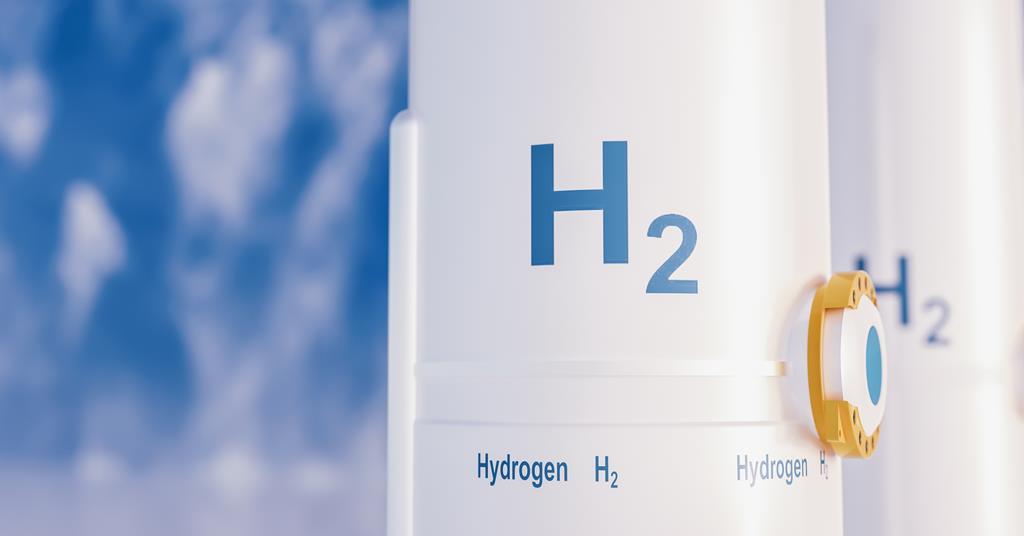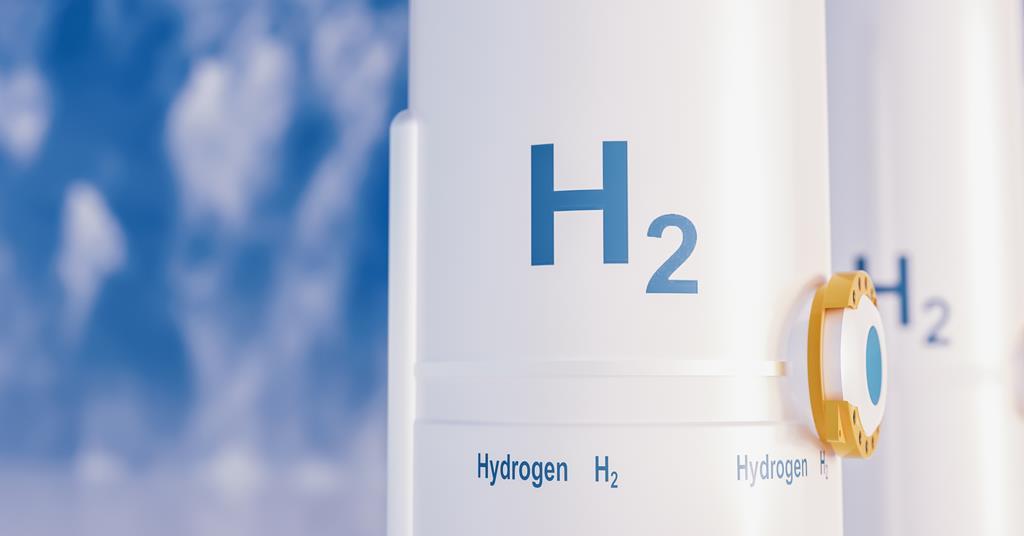Key lawmaker pushes 10% ‘low-carbon hydrogen’ target in EU renewables law
The lawmaker in charge of drafting the European Parliament’s position on the EU’s recast renewable energy directive is pushing to include a 10% target for “low-carbon hydrogen” as part of efforts to kick-start the EU market.
The European Commission seeks to ramp up clean hydrogen production in the EU, with at least 40 gigawatts of new electrolysers expected to produce up to 10 million tonnes of renewable hydrogen by 2030 – mainly coming from wind and solar.
The aim is for renewable hydrogen technologies to reach maturity by 2050 so that they can be deployed at scale across all hard-to-decarbonise sectors, such as chemicals and steelmaking.
Yet, ramping up volumes of green hydrogen will take years, said Markus Pieper, a German lawmaker for the conservative European People’s Party who steers the European Parliament’s position on the EU’s recast renewable energy directive.
“Many scientists say that by 2030 we will not be able to achieve the 50% target of green hydrogen for industry,” Pieper told EURACTIV in an interview.
“If the amount of hydrogen is not sufficient in the foreseeable future, the rest will be grey hydrogen, which will mean that we will miss our CO2 targets,” he warned, referring to hydrogen produced from natural gas, which produces climate-warming emissions.
“This is why I would like to have a 10% target for low-carbon hydrogen so that it can act as a bridge and can meet our CO2 emissions reduction obligations as well,” Pieper said.
Low-carbon hydrogen can come from two sources. It can either be produced from fossil gas with carbon capture and storage (CCS) to bury the related CO2 emissions (“blue” hydrogen), or from electrolysers running on nuclear power (“pink” hydrogen).
But including those in the EU’s renewable energy directive is a non-starter for the Greens who say nuclear and gas have nothing to do with renewables.
“The renewable directive must not be used to promote nuclear power,” said Michael Bloss, a German EU lawmaker from the Green party in the European Parliament.
“Low-carbon means that nuclear hydrogen can also count towards the industry and transport target. We need full power for renewables now, not a softening of the directive,” he told EURACTIV.
Pieper refuted those claims, saying the 10% target for low-carbon hydrogen will not count towards the EU’s renewable energy objective.
Earlier this month, he called for raising the share of renewables in the EU’s energy mix in response to Russia’s invasion of Ukraine. His proposal is to aim for 45% renewables by 2030, higher than the Commission’s initial 40% target plan.
And according to him, the two targets – for low-carbon hydrogen and renewables – need to be clearly separate.
“It is also clear that CCS or nuclear options are not to be counted towards the 45% renewable target,” Pieper told EURACTIV. “But it could make the energy transition fast and affordable.”
He also said the renewable energy directive already contains provisions about low-carbon energy via so-called ‘recycled carbon fuels’. “So it’s not a new idea,” he said in response to Green critics.
The main reason for the low-carbon target, he explained, is the concern about the rapid availability of green hydrogen. “The bottleneck will be the next few years, but if the structures are in place, it will be all the faster,” he said, adding that “we should work with these solutions only for transition”.
While Bloss and Pieper agree to keep low-carbon hydrogen out of the EU’s renewable target, they differ on how this should be phrased, with both MEPs accusing each other of trying to confuse the debate in a tense Twitter exchange.
The debate on renewable versus low-carbon hydrogen is reminiscent of earlier controversies, which divided EU countries just over two years ago.
At the end of the day, EU member states agreed to “rapidly upscale the market for hydrogen at EU level,” recognising that “emphasis should be given to hydrogen from renewable sources” but that “there are different safe and sustainable low-carbon technologies for the production of hydrogen”.
In the European Parliament, meanwhile, MEPs agreed to back “low-carbon” hydrogen, despite opposition from the Greens. Although the Parliament report on the matter made no explicit mention of nuclear, it is understood that the “low-carbon” definition also encompasses “pink” hydrogen from nuclear power.
Still, campaigners have denounced the ‘low-carbon’ wording, saying it provides a backdoor for continued use of fossil fuels at a time when the EU is trying to cut its dependence on Russian gas.
“The term low carbon fuel has become a backdoor to sneak fossil hydrogen – produced using huge amounts of climate-wrecking gas – into receiving EU support,” said Dominic Eagleton, senior gas campaigner at Global Witness, an international NGO.
“Fossil hydrogen is anything but renewable and it’s misguided that a lead MEP wants to make it possible for it to be included in the Renewable Energy Directive. At a time when the EU is urgently trying to reduce its gas dependency to cut off Putin’s war machine, this move would have the very opposite effect and likely increase the need for gas,” he said.

